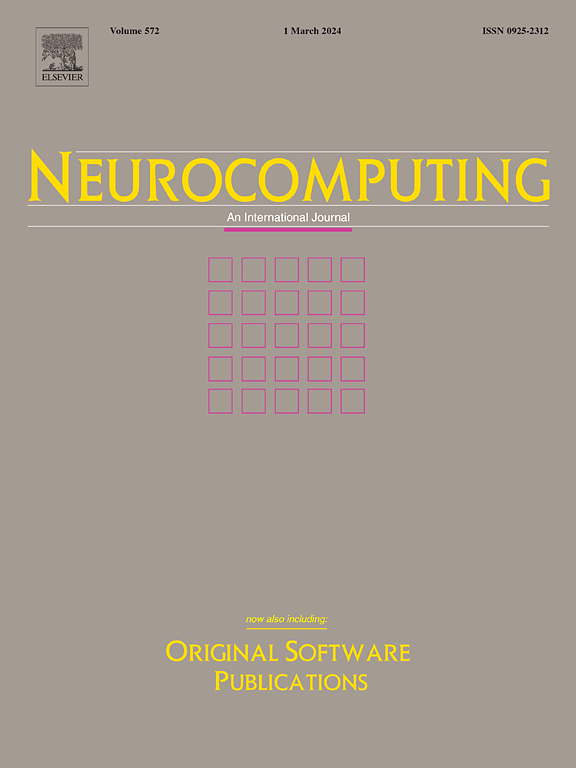Feature-level attention network with group-aware interest modeling for sequential recommendation
IF 5.5
2区 计算机科学
Q1 COMPUTER SCIENCE, ARTIFICIAL INTELLIGENCE
引用次数: 0
Abstract
Sequential recommendation focuses on modeling user preferences based on their historical interaction sequences to predict future behaviors with greater precision. Incorporating feature-level information beyond item IDs has become a crucial approach to improving the performance of the recommendation system. However, existing methods overlook the hierarchical group relationships among users. This limitation prevents these methods from fully capturing user preferences, leading to an incomplete understanding of their true interests. Meanwhile, effectively leveraging multi-source information in recommendation systems remains a significant challenge. Existing methods typically rely on simple techniques such as pooling or concatenation to integrate information from different sources, which could degrade overall performance. To address these limitations, we propose a novel approach: Feature-level Attention Network with Group-aware Interest Modeling for Sequential Recommendation (FANGIM). Specifically, we first employ two distinct encoders to generate user embeddings at different level. Next, we introduce a group clustering module, which identifies potential interest groups at multiple granularities and derives user group interest embeddings for both item and feature level interactions. Furthermore, we design a multi-source representation fusion module that effectively integrates information from diverse sources, reducing the semantic gap between different representation spaces. Additionally, we incorporate contrastive learning within this module to ensure consistency between the different levels of representations. Finally, extensive experiments demonstrate that FANGIM outperforms state-of-the-art baselines across four datasets.
基于群体感知兴趣建模的序列推荐特征级注意网络
顺序推荐侧重于基于用户的历史交互序列对用户偏好进行建模,以更精确地预测未来的行为。在项目id之外加入特征级信息已经成为提高推荐系统性能的关键方法。然而,现有的方法忽略了用户之间的层次组关系。这种限制使这些方法无法完全捕获用户偏好,从而导致对用户真正兴趣的不完整理解。同时,在推荐系统中有效利用多源信息仍然是一个重大挑战。现有方法通常依赖于池化或串联等简单技术来集成来自不同来源的信息,这可能会降低整体性能。为了解决这些限制,我们提出了一种新的方法:具有群体感知兴趣建模的特征级注意力网络(FANGIM)。具体来说,我们首先使用两个不同的编码器来生成不同级别的用户嵌入。接下来,我们引入了一个组聚类模块,该模块可以在多个粒度上识别潜在的兴趣组,并为项目级和特征级交互派生用户组兴趣嵌入。此外,我们设计了一个多源表示融合模块,有效地集成了不同来源的信息,减少了不同表示空间之间的语义差距。此外,我们在这个模块中加入了对比学习,以确保不同层次的表示之间的一致性。最后,广泛的实验表明,FANGIM在四个数据集上优于最先进的基线。
本文章由计算机程序翻译,如有差异,请以英文原文为准。
求助全文
约1分钟内获得全文
求助全文
来源期刊

Neurocomputing
工程技术-计算机:人工智能
CiteScore
13.10
自引率
10.00%
发文量
1382
审稿时长
70 days
期刊介绍:
Neurocomputing publishes articles describing recent fundamental contributions in the field of neurocomputing. Neurocomputing theory, practice and applications are the essential topics being covered.
 求助内容:
求助内容: 应助结果提醒方式:
应助结果提醒方式:


